As wireless communication came into the "Big Data" era, the mobility and connectivity have become consumers' major demands. The forecast shows that capacity requirements will increase by 1,000 times beyond 2020, and therefore all technologies are expected to focus on how to provide higherspeed networks and improve customer experience.
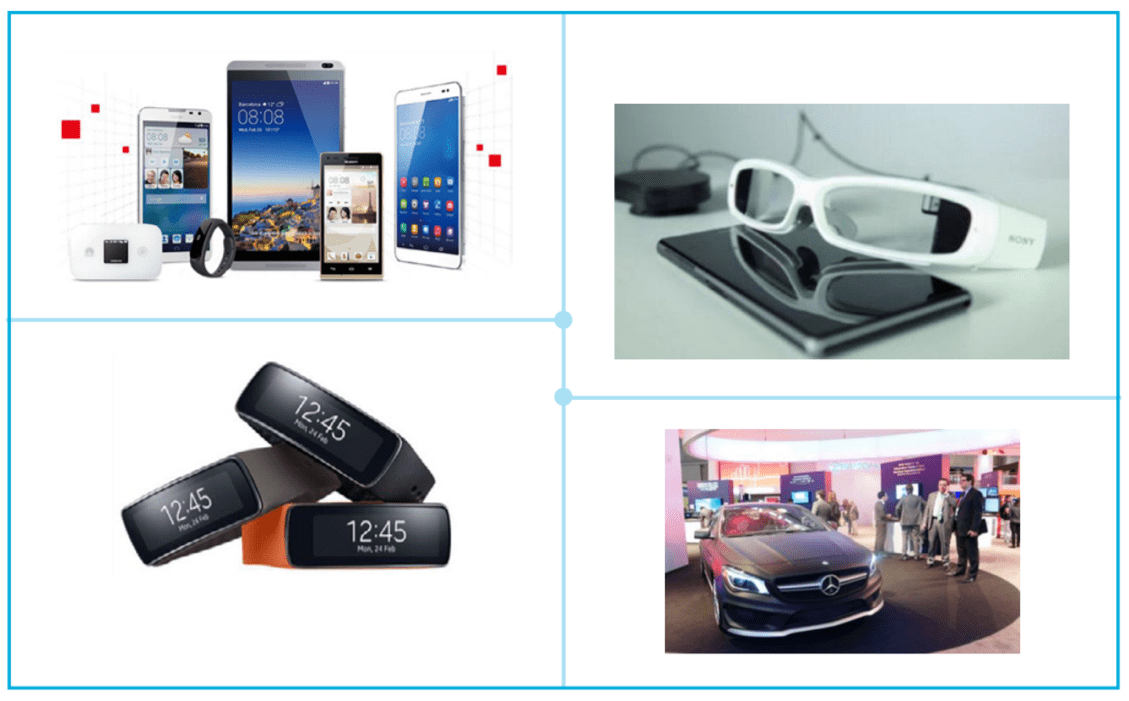
As one of the important parts of the wireless network, mobile cellular network antennas also require a number of cutting-edge strategies and technologies to maximize the performance of the wireless network.
Signalplus Technology Overview and Values
Many technologies, such as multiple-input and multiple-output (MIMO) and dual-beam, have been developed, facilitating capacity enhancing of mobile cellular network antennas.
High Order MIMO Capabilities
MIMO uses multiple antennas on both the transmitter and receiver ends to improve communications performance. It significantly increases data throughput without additional bandwidth and transmit power, which attracts much attention in the LTE industry.
As shown in figure 1, to enhance the antenna capacity, MIMO enables the same total transmit power over antennas to achieve an array gain that improves the spectral efficiency. In addition, MIMO achieves a diversity gain that improves the link reliability (reduced fading).
Figure 1 MIMO
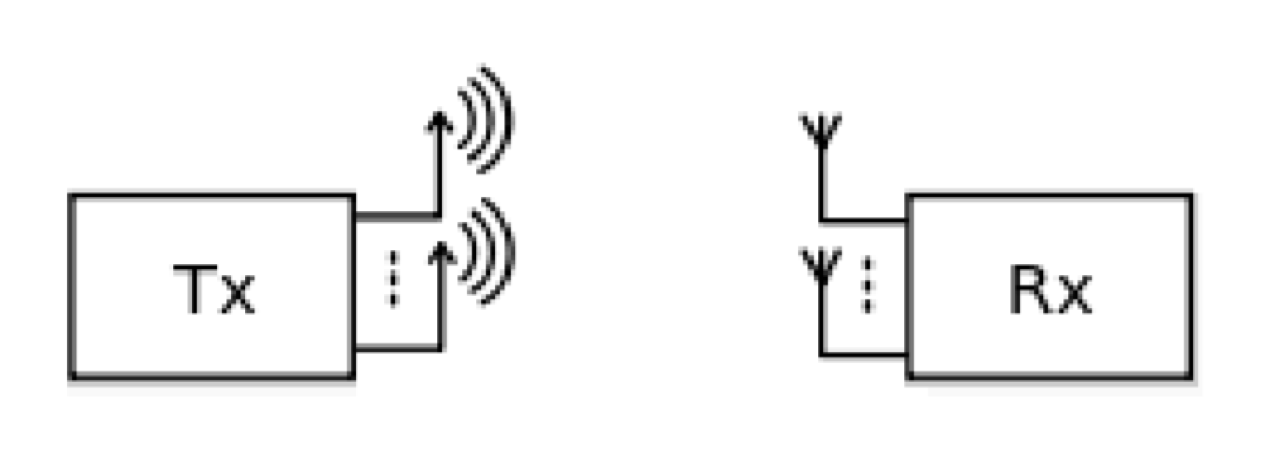
At the very beginning of the cellular network, antennas with only one vertical-polarized dipole column are applied to support 1T1R (1 transmitting and 1 receiving) when the wireless environment is not complex. With the development of urban informatization, antennas supporting cross-polarized dipole columns (1T2R) are developed to deal with the multi-path effect of buildings and vehicles (see figure 2).
Since the capacity becomes a major challenge in the mobile broadband (MBB) era, MIMO enables multiple antennas to transmit and receive signals on both the uplink and downlink. Generally, at least 2 x 2 MIMO antennas are required for LTE and 4 x 4 MIMO antennas are required for LTE-Advanced. Table 1 lists the network capacities on both the uplink and downlink supported by MIMO.
Table 1 Capacity improvement with MIMO in uplink and downlink
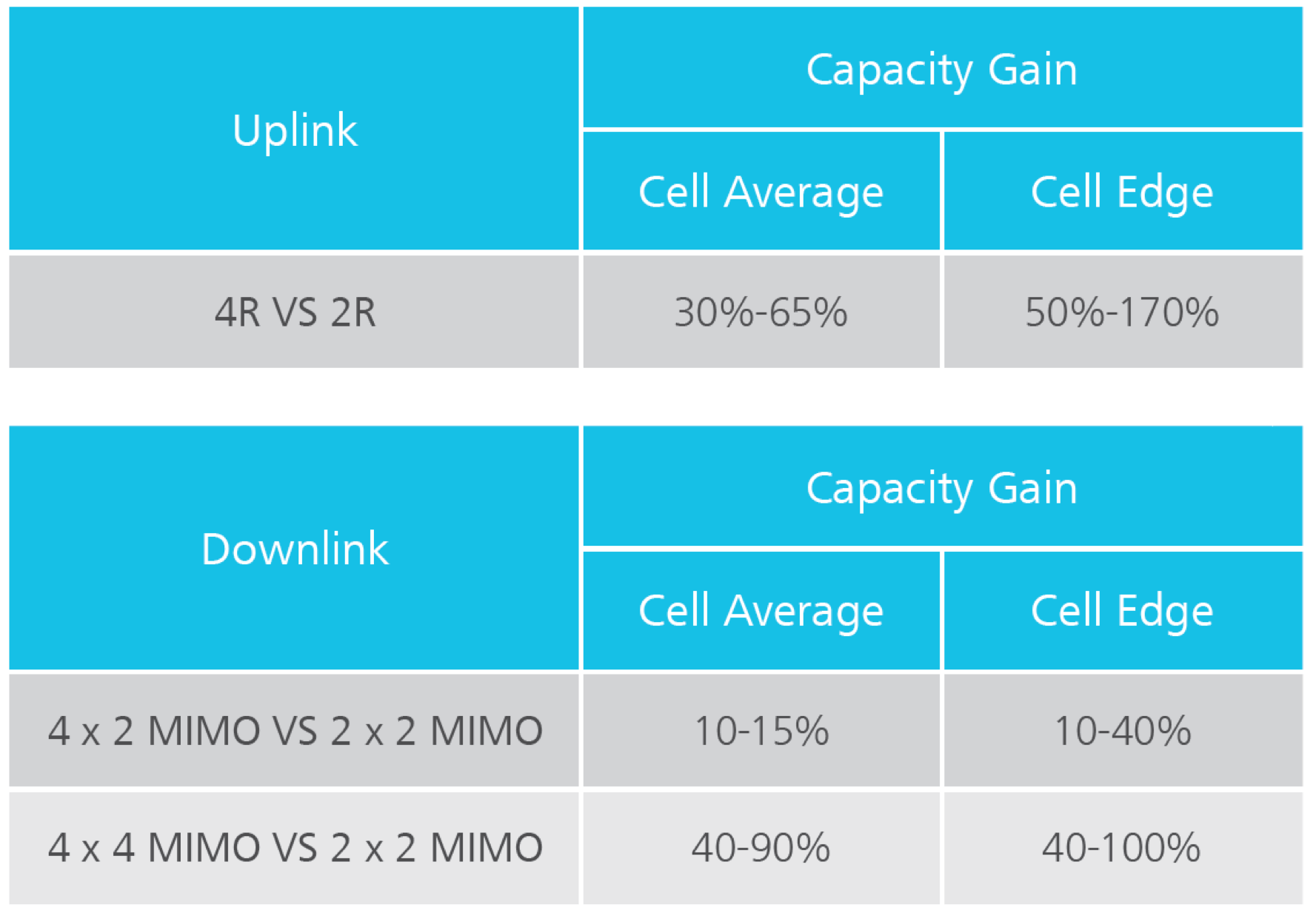
Dual-Beam Antenna Solution
Generally, the 2G network had been designed for voice services only, while the 3G network, such as UMTS, was first to combine circuit-switched voice services and packed-based data services, and therefore becomes the most developed network all around the world. However, some 3G networks are quite overloaded due to limited spectrum resources of each operator. In this situation, 6-sector solutions can be adopted to meet the capacity expansion requirements (see figure 3).
Figure 3 Sector split for higher capacity
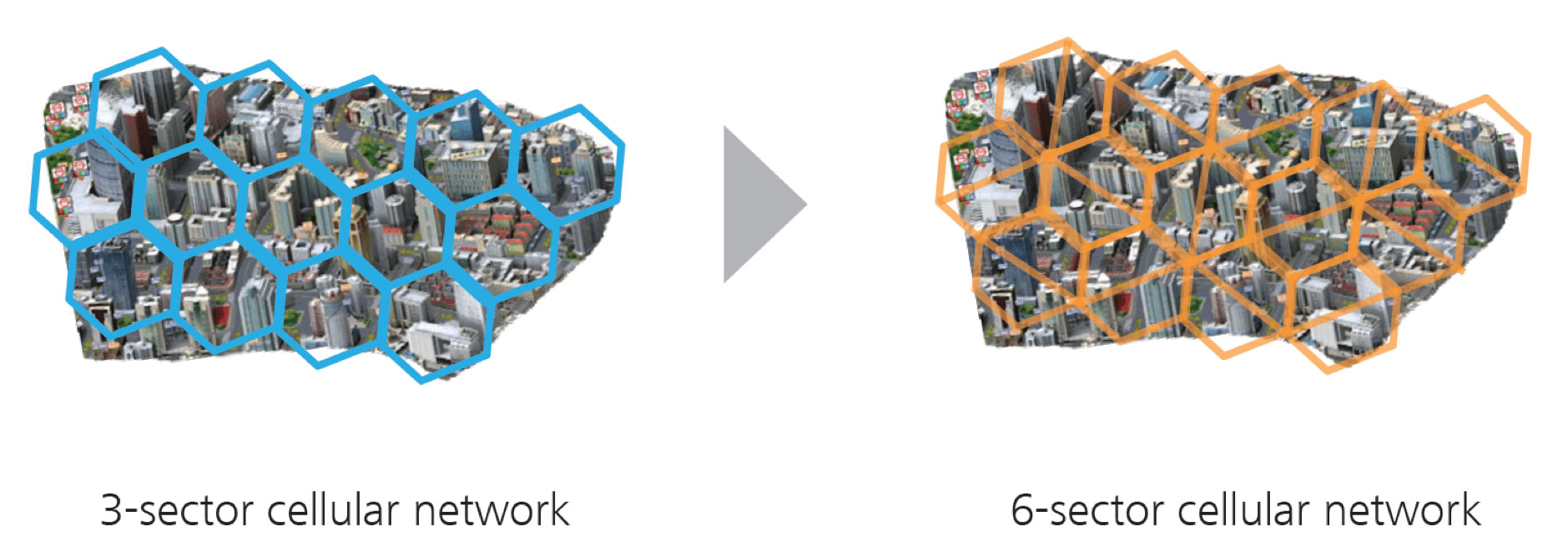
For a 6-sector cellular network, a well-designed dual-beam antenna can be adopted to enhance the network performance and simplify antenna deployment and installation compared with traditional 33o horizontal beamwidth antenna in the following aspects:
Less overlapping areas between sectors enable easy control of the soft handover (SHO) ratio.
The patterns are designed to be more isolated to reduce interference between the two sectors.
Only one mounting space is required to reduce the labor cost.
Besides, Signalplus also adopts radiation pattern optimization designs for dual-beam antennas to reduce the horizontal side lobe further more than traditional dual-beam antenna design (see figure 4).
Figure 4 Comparison of dual-beam antenna designs
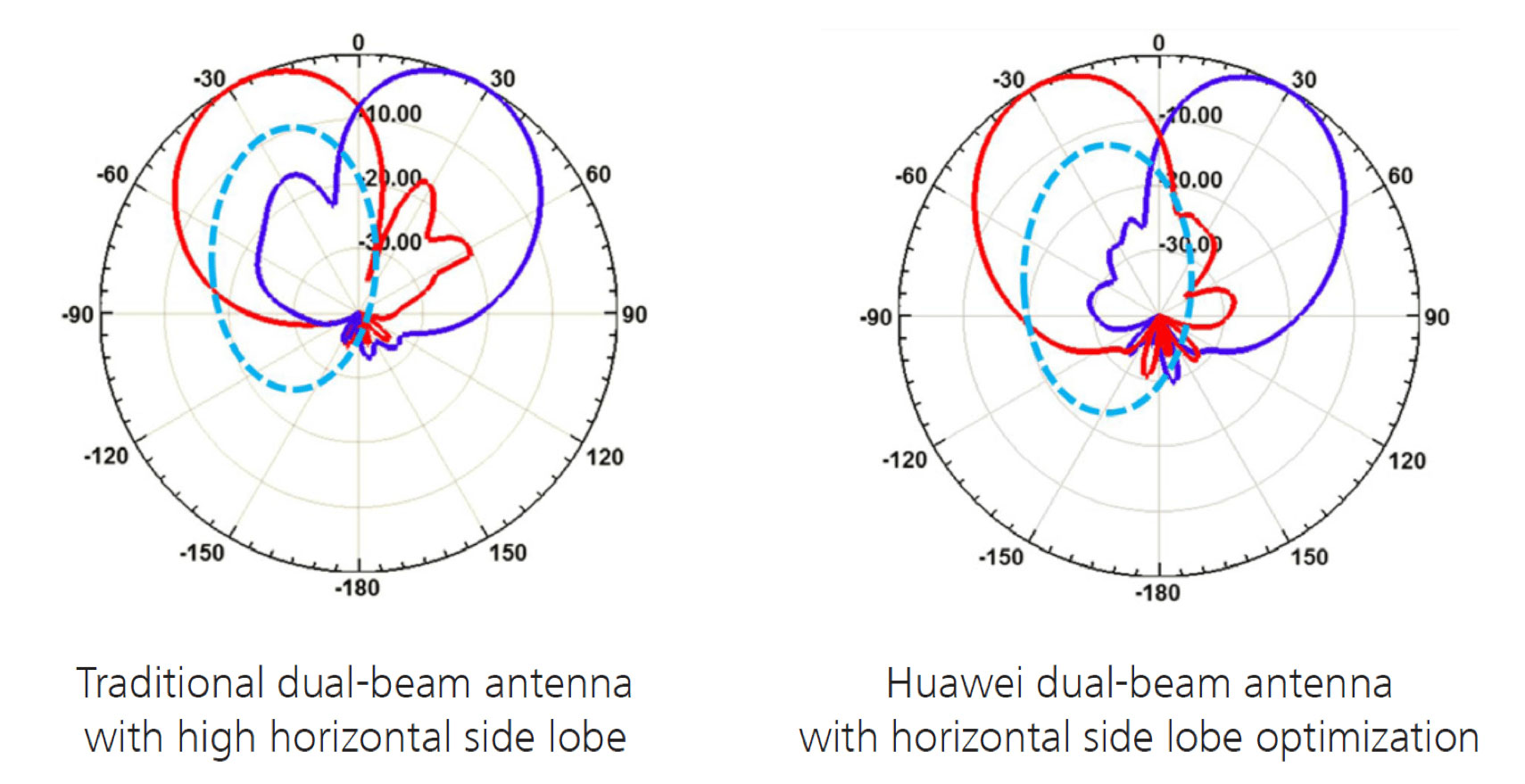
As a result of cell splitting, capacity of 6-sector cellular networks is greatly improved compared with that of 3-sector cellular networks, Table 2 describes the comparison.
Table 2 Comparison of dual-beam antenna designs
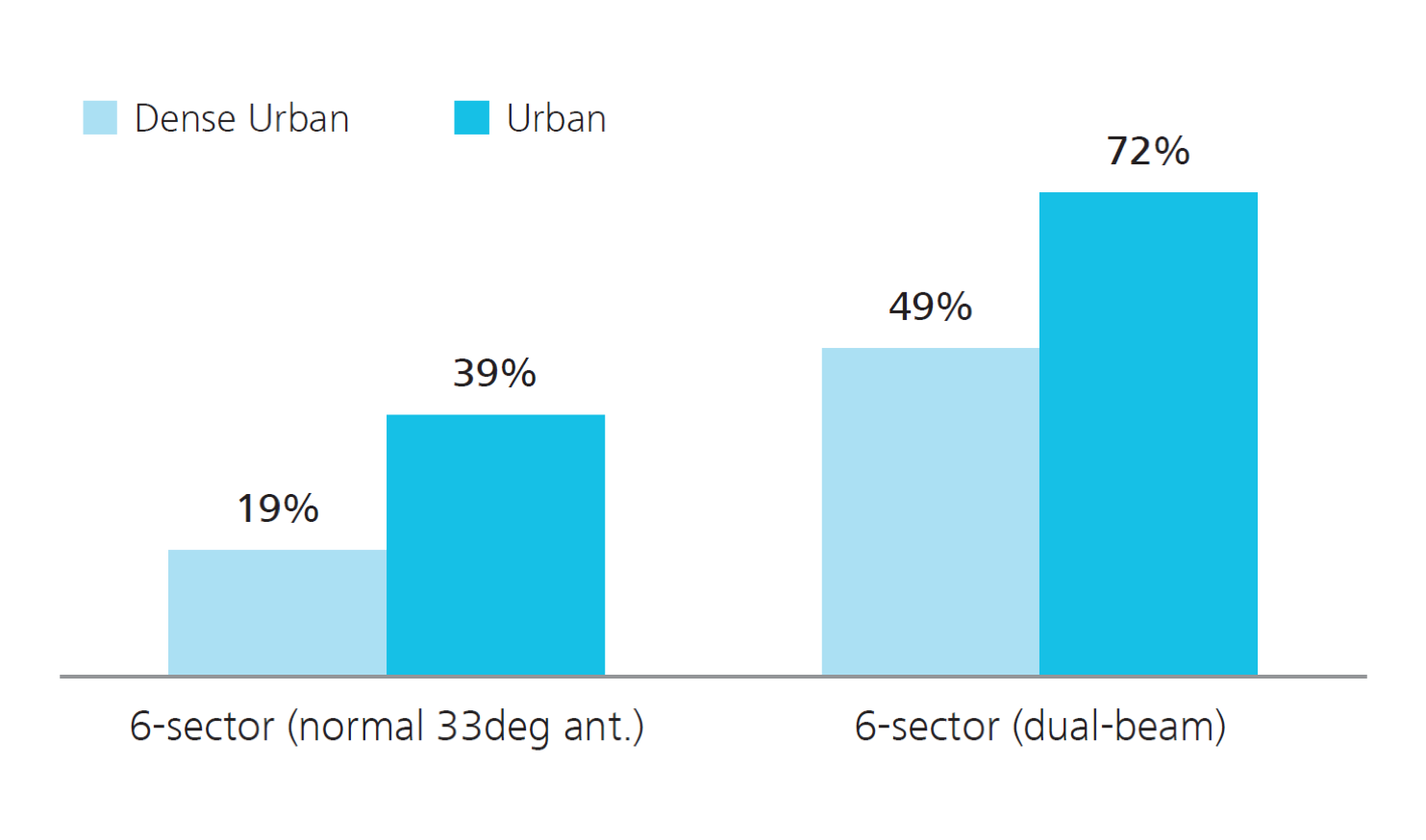
Tel: 86-755-84076381
Mobile:+86-13760321993
E-mail: signalplus@163.com
URL: http://www.signalplus.cn
Address: No. 119, Jinchang Building, No. 11, Dengfeng St., Pingdi Subdistrict, Longgang District, Shenzhen, Guangdong, China (Mainland)